Conquer Your Fear of Heights With Aerial Photography
This genre of photography is exceptionally cool… if you don’t have a fear of heights and don’t mind spending a lot of your free time in flight, that is. We’re not talking about capturing photos using a drone here, but rather getting into an aircraft, soaring high above the ground, and then taking breathtaking shots that are once-in-a-lifetime.
To be sure, it’s not for everyone, and I’m not just talking from a perspective of heights. Maybe doing a shoot like this doesn’t align with your schedule, or maybe you’re a bit intimidated by shooting from such a high altitude.
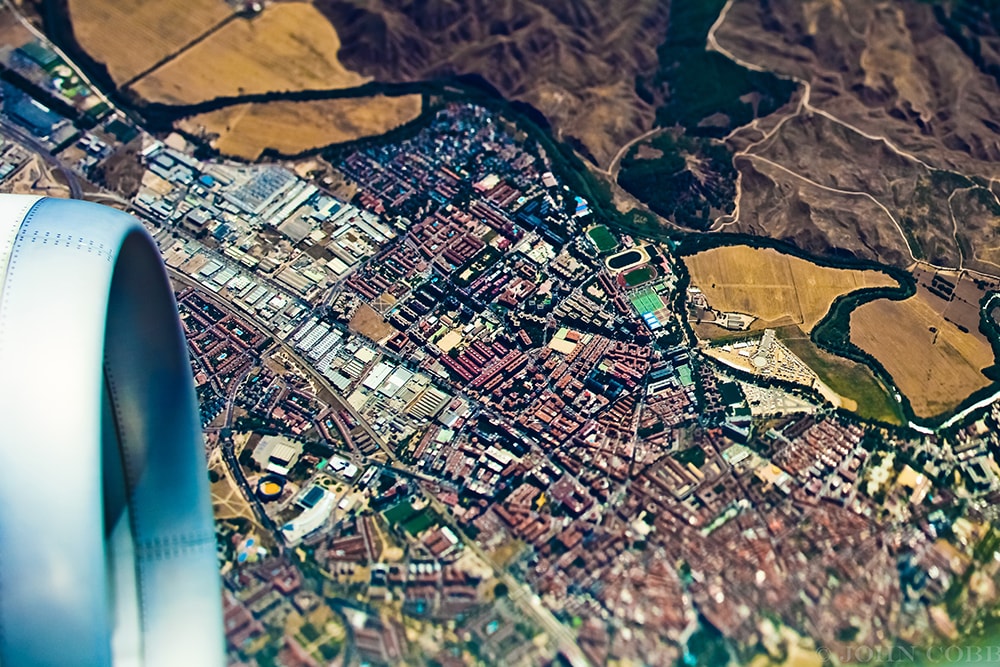
But if you truly want the experience of taking glorious shots of the landscape in various weather conditions that you won’t be able to photograph anywhere else, then consider aerial photography. For those of you who’ve already committed yourself to it, here are some pointers to get the most from your experience.
Battery and Memory Card Preparations
On the eve of your flight, be certain to double-check to see if your batteries have been fully charged. You want to begin your aerial photography with 100% battery life. Keep an empty memory card within your camera, and make sure that its of an adequate size for your entire flight.
Take these precautions so that you can safe yourself from the worst possible fate during aerial photography: Fumbling around looking for spare batteries or a fresh memory card instead of taking advantage of the situation to get the shots you really want. If you’re the kind of person who’s pressed for time and who has a tight schedule, you may not be able to easily return to a plane for this photography in the near future.
The Perfect Time of Year
Needless to say, weather conditions will be different depending on the season you choose to take flight. With that said, is there really a best time in the year for aerial photography?
That’s an interesting question because there are pros and cons to various seasons.
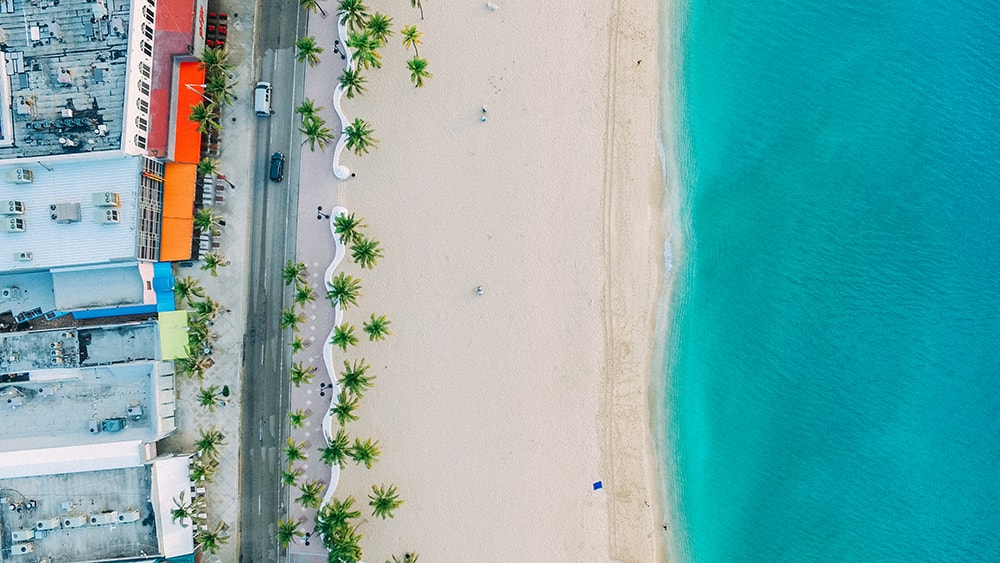
For instance, fall and spring, without a doubt, are the time to take flight and shoot if you value vibrant and colorful landscapes. On the other hand, in wintertime, you could get some nice, character-rich shots if you fly over a mountainous area.
As for the best time in the day, this is more certain. In general, you’ll want to go before the dazzle—the brightness that can temporarily interfere with your vision—becomes a problem, which means you’ll have to go earlier or later in the day and not when the sun’s low in the sky (late afternoon). Sure, the sunset is gorgeous, yet it’s challenging to capture in these conditions. If you are in the sky when the sun’s low in the sky, make the best of it by taking the seat on the plane that’s opposite to the sun.
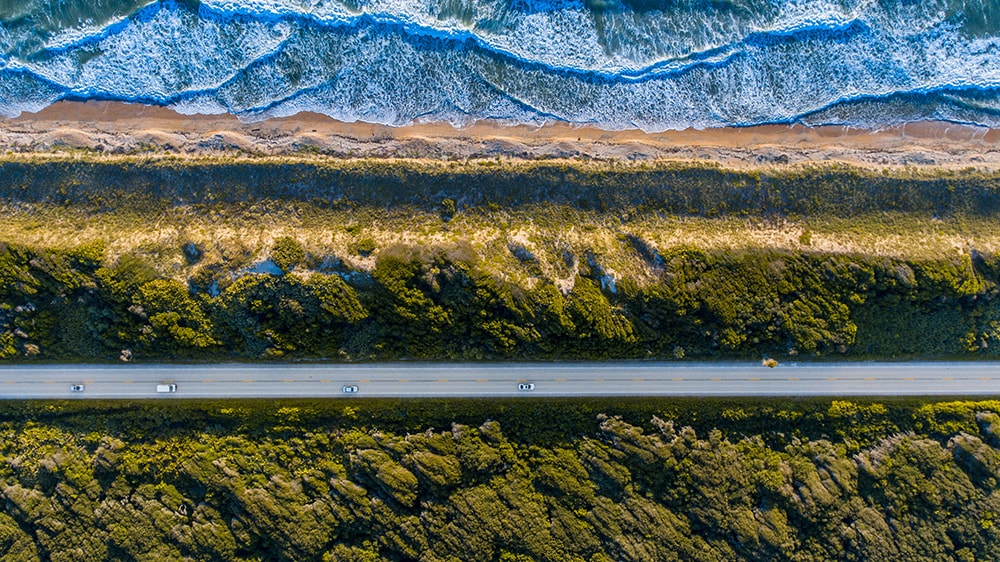
The Use of a Safety Tether
You’re high up in the sky, and your equipment may fall out of the plane. That’s because there will be opportunities for you to stick your camera out of an open plane window or even door. Needless to say, you don’t want to lose your camera or equipment.
To prevent this from happening, use a safety tether for your camera. A tether will make sure that your camera and any necessary equipment stay on your body. Now you won’t lose your expensive equipment, and people on the ground don’t have to worry about cameras falling on their heads!
A Telephoto Zoom Lens
Using a telephoto zoom lens is the way to go when you’re shooting from a plane. Even if your plane is flying fairly low to the ground—so that you can still easily make out certain objects, buildings and formations—using a mid-range lens or even a wide-angle lens simply won’t do the trick.
Further, since you have a minimal field of view, it’s going to be helpful to you to zoom in on any given subject for the best, possible results.
Shutter Speed Considerations
In aerial photography, going with a faster shutter speed is better. It’s up to you to do everything you can to ensure that motion blur is not a factor.
This means going with a faster shutter speed for two reasons. One, you’re going to be shooting in a low-light situation because you want to avoid the brighter sun that causes dazzle and messes up your photographs. Two, you’re in a plane, and planes tend to have a lot of vibration.
It’s best to go with a shutter speed greater than 1/500 – of course depending on the lighting conditions.
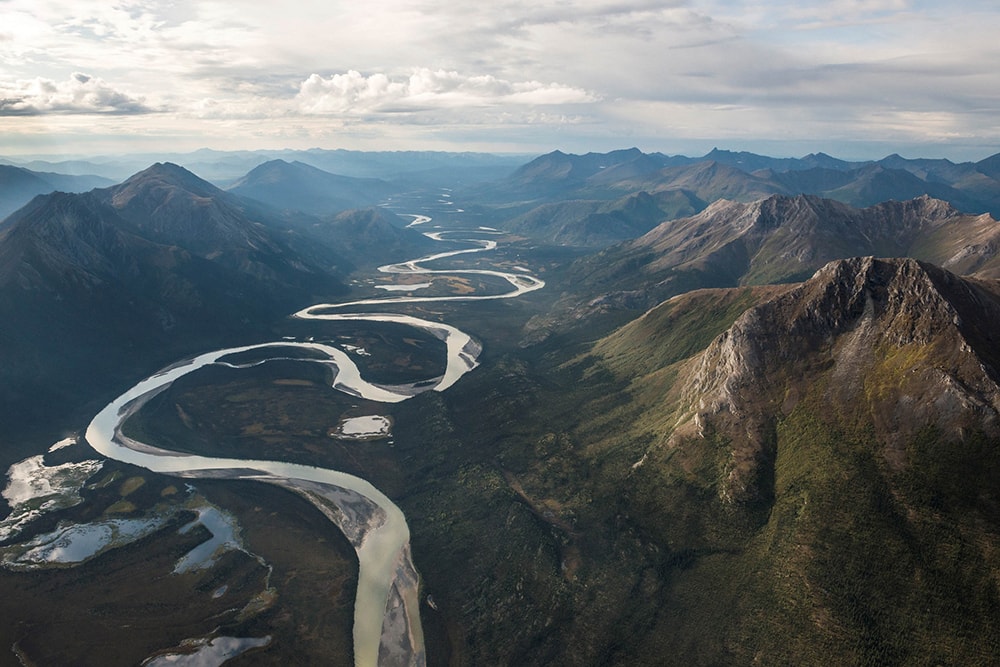
Altitude Changes
Ask your pilot to change the plane’s altitude. This will have a significant impact on how your final photographs look. Altitude changes of even just hundreds of feet can give new perspective to your images.
Flying a few hundred feet higher or lower will alter the composition of your shots, in particular if you’re flying next to landscapes and formations that are protruding instead of just flatter, ground-height patterns.
When your altitude climbs, a lot more is going to be apparent in the background of your shots. On the other hand, if you’d like to isolate the subject in the foreground from the landscape, then a lower altitude is the way to go.
Take Many Shots
During this special opportunity, you want to make the most of it, so it’s advisable to take multiple photographs to hedge your bet. After all, it’s going to be difficult if not altogether impossible to take the shots you want on the first try, even with a faster shutter speed and other precautions to reduce motion blur.
The best way to ensure you get the shot you want is to simply take three or four frames of each subject.
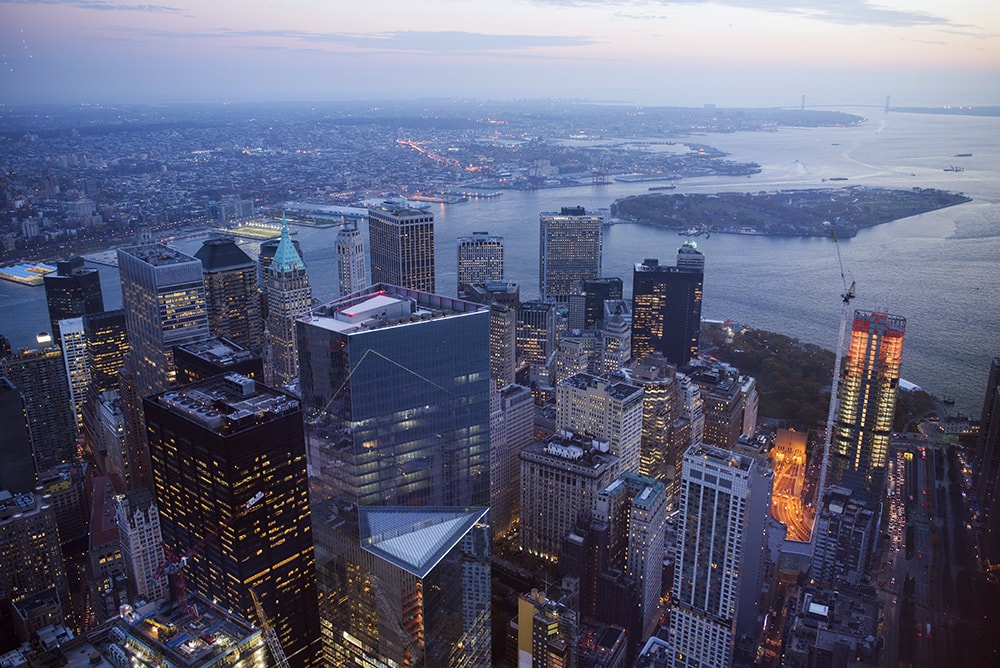
It’s Not For Everyone, but It’s Memorable
In all honesty, there are many situations where you can hone your photography skills without having to stick your camera out the open window of a plane. This is something that makes aerial photography not necessarily for everyone.
It’s not dangerous by any means, but if you have a fear of heights or aren’t into anything adventurous, then you may be better off staying on the ground.
But if you’re looking for a photography experience that you’re going to look back on with much significance, then aerial photography is well worth doing. While not all your shots may come out picture-perfect, at least you can say you have this excursion checked off your bucket list.
